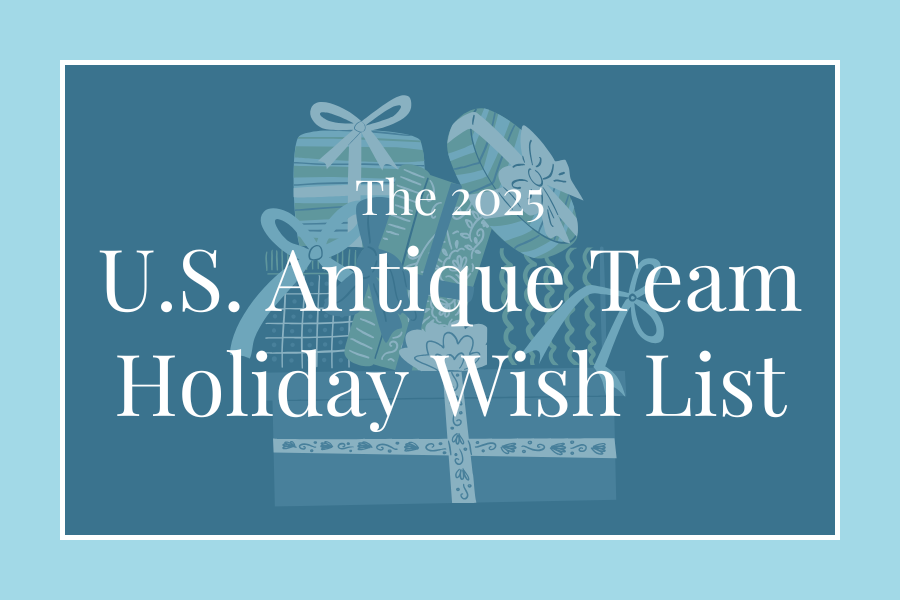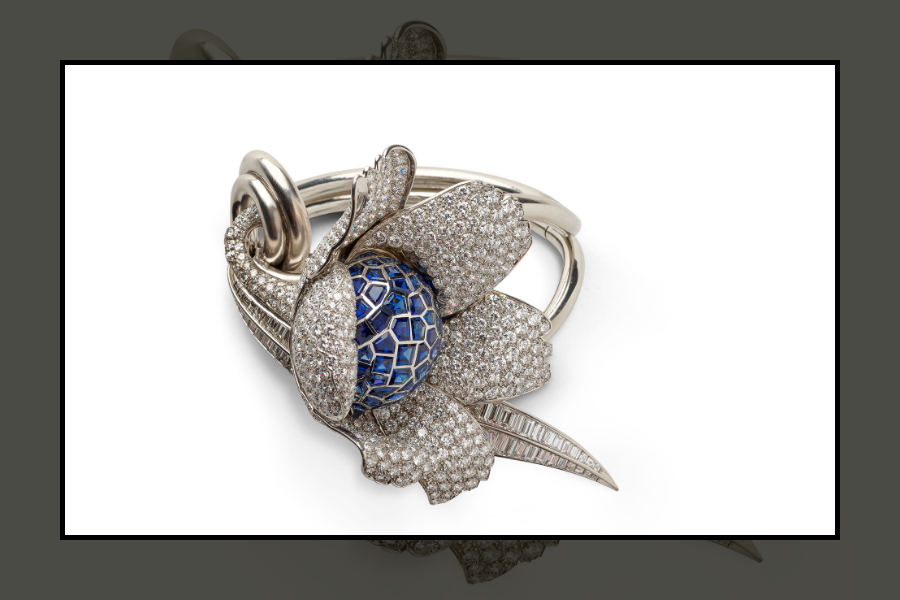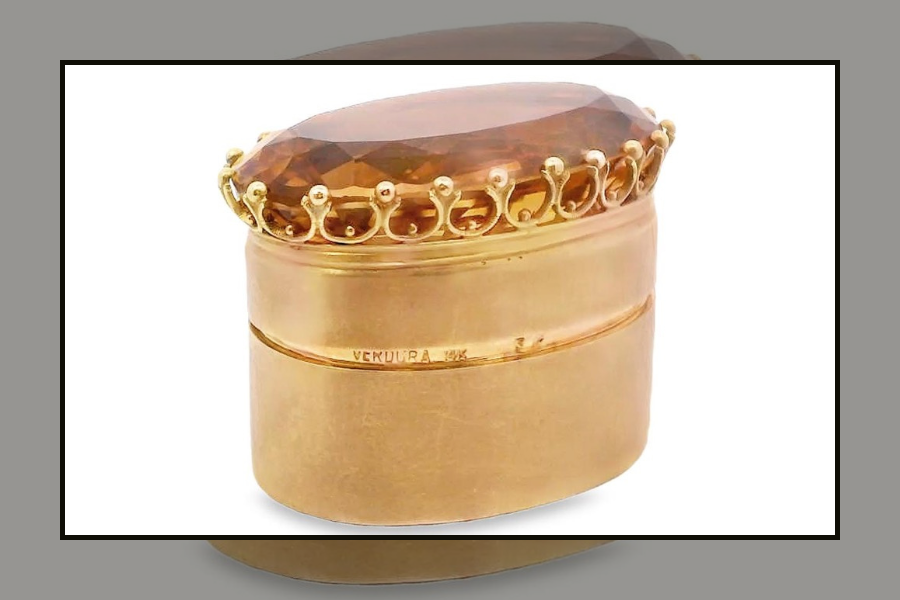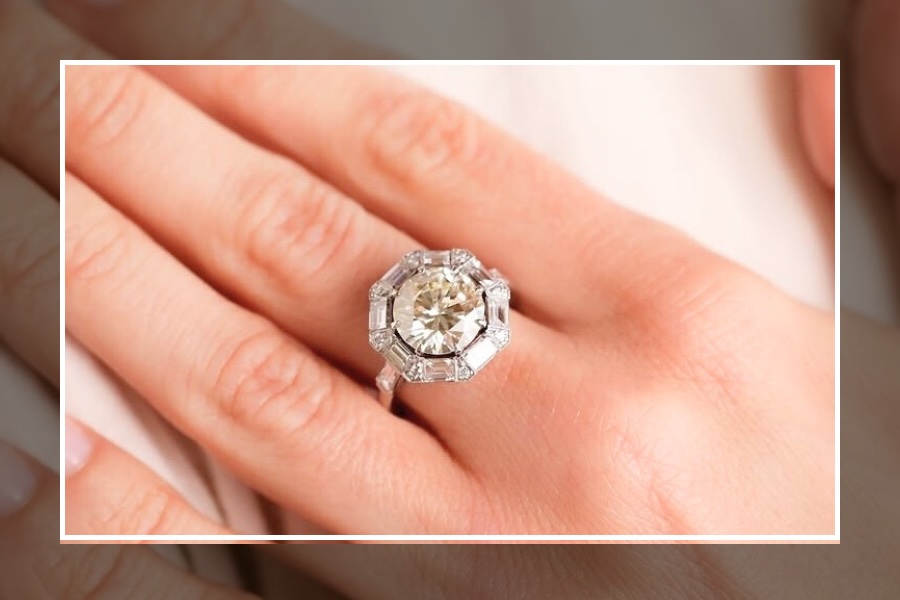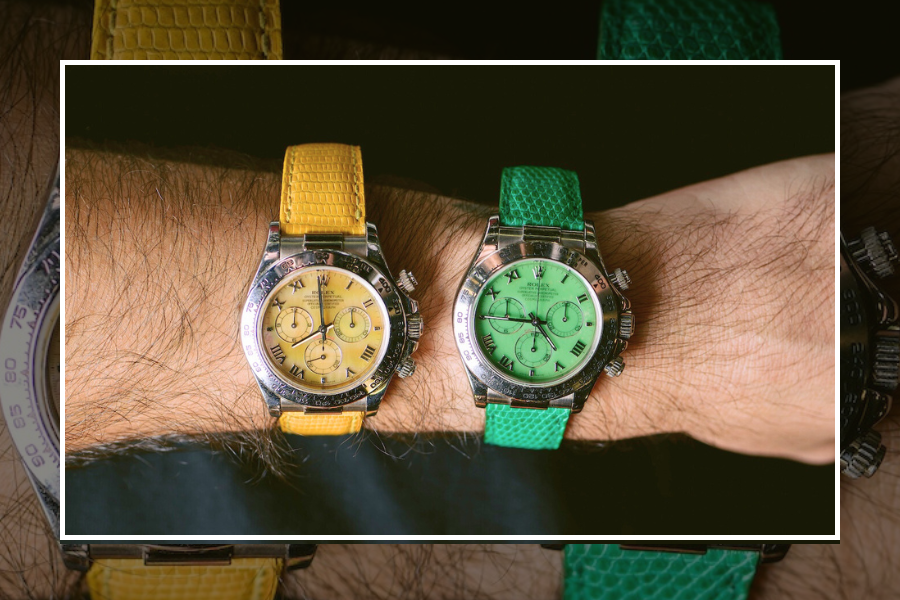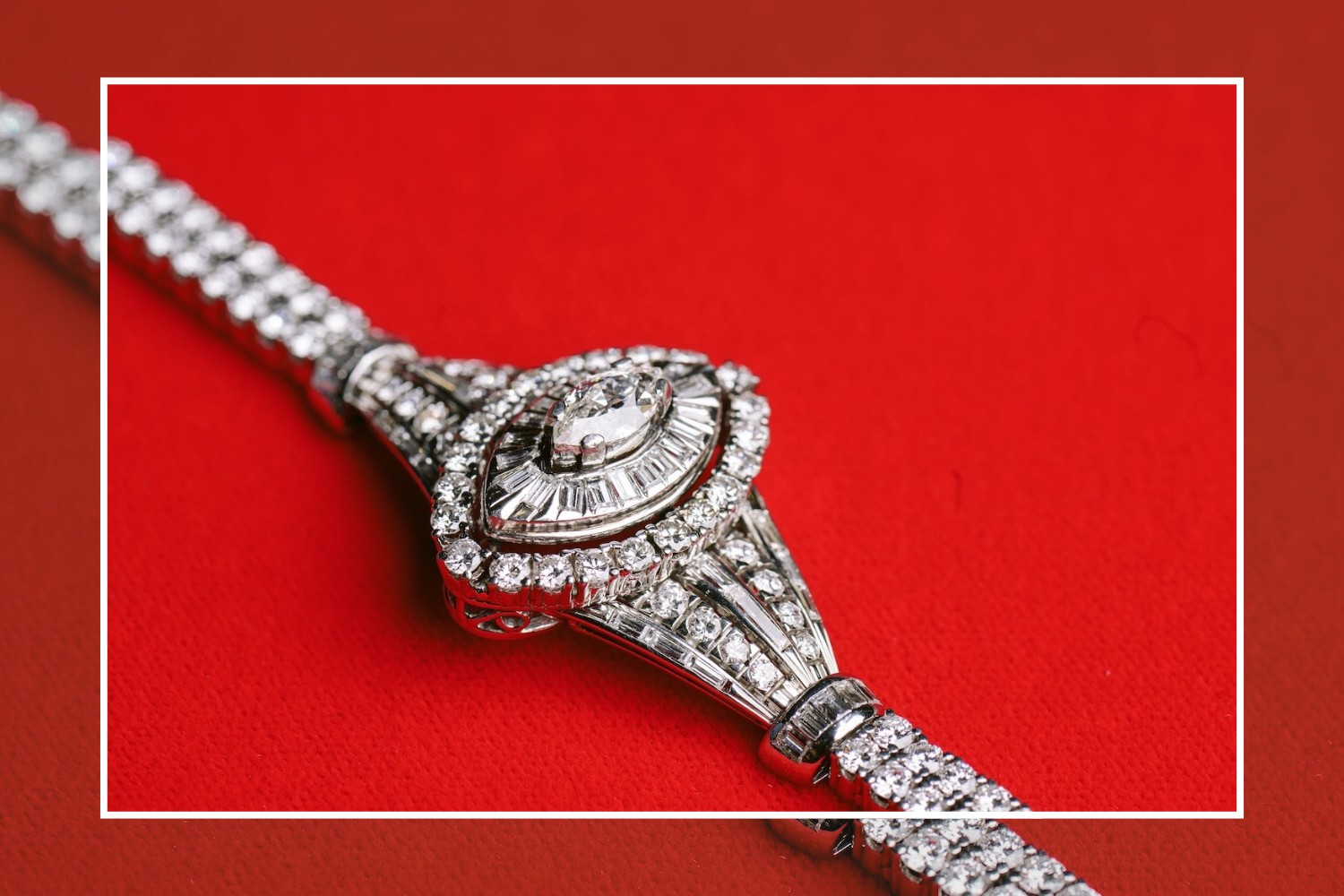Paul Fisher, Inc. is a sixth-generation business. The firm was started by Julius Fisher in the 1850’s in Vienna, Austria, and in 1921, Julius’ grandsons, Ferdinand and Robert continued the legacy, opening Bruder Fisher in Vienna. Robert Fisher, Paul’s father, brought the business to London in 1938, and also established a New York office in 1941. In 1956, Paul established Paul Fisher, Inc. of New York, and went on to establish the London branch, P. Fisher Ltd. In 1980. Mr. Fisher past away in December of 2019.
One of the principals of the company, Tibor Ullmann also comes from a long line of family jewelers. His family runs one of London’s oldest antique jewelry stores, A.R. Ullmann, Ltd. Tibor manages the New York office as well as representing Paul Fisher at estate jewelry trunk shows for exclusive retailers. Tibor, and often his adorable son, Levi (who is the real boss!), are welcome fixtures at all of our U.S. Antique Shows events!
U.S. Antique Shows: What does a typical day look like for you now?
Tibor Ullmann: A typical day for me during this pandemic is spent juggling work calls, Zoom meetings, figuring out how to get pieces shipped, home schooling my son, cooking and trying to stay in touch with everyone important in my life.
U.S. Antique Shows: What are you looking forward to most when the shelter in place is lifted?
TU: I look forward to once again seeing familiar faces from the industry. I’ve been buying and selling estate jewelry for the last 30 years. I miss the day-to-day exchanges with colleagues that I’ve known and worked with for my entire career. I’d also love to jump on a plane and visit my family in London.
U.S. Antique Shows: Tell us a little bit about Paul Fisher. What was your favorite thing about him?
TU: The first advice my uncle, John Ullmann (a legend in our business), gave me when I arrived in New York in 1990 for my apprenticeship at Paul Fisher was “never call him Paul. It’s Mr. Fisher to you.” This I came to understand was an old school way of showing respect, which Mr. Fisher certainly deserved. He was the most principled and correct person I have ever met. He was also a natural teacher. Always taking the time for the next generation to teach them not only how to understand and value a piece of jewelry, but also how to conduct oneself in business.
U.S. Antique Shows: What designer/brand/time period are you most excited to work with?
TU: I love the Art Deco time period for its strong architectural designs and superb craftsmanship. This period was such a departure from the somewhat somber themes and colors of both the Victorian and Edwardian eras. Some of the finest colored stones ever used can be seen in Deco jewelry. Also, cutters experimented with unusual shapes such as half moons, bullets, trapezoids, and kite shapes.
U.S. Antique Shows: What is the one piece that got away?
TU: Honestly, there are quite a few memorable pieces that got away. It’s just part of the thrill of this industry. When I’m successful in acquiring something extraordinary it gives me such satisfaction as it’s not an easy process. I guess much of the excitement is in the hunt!
U.S. Antique Shows: What’s one piece of advice you’d give to someone who wants to cultivate a jewelry collection?
TU: The best piece of advice I would offer is to consult with a firm that you know is well respected in the industry.
Whatever time period you are drawn towards, I advise buying pieces with strong style that is typical of that particular era. Always look closely at the back of a piece for the quality of workmanship. Signed pieces by Cartier, Van Cleef & Arpels, Tiffany, and Bulgari (to name a few) are always extremely sought after—-predominantly pre-1980s.



